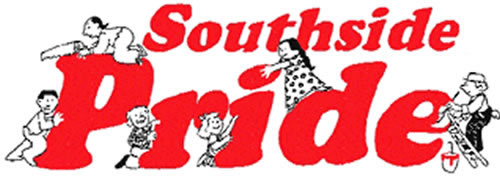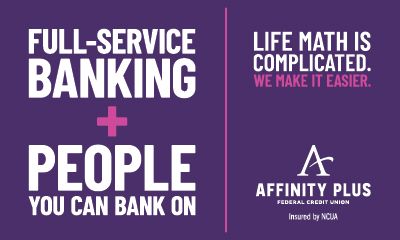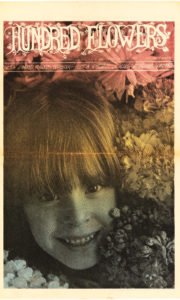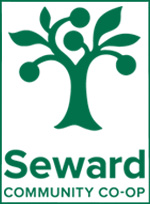
Letti Long Pull, one of several cat friends at Catzen Coffee
BY DEBRA KEEFER RAMAGE
Why are pet products booming?
It’s partly generational, partly the pandemic aftereffects, and partly just vibes. Which means, in this case, when things go viral, it’s the thing to do, so it goes even more viral.
In the U.S., about 66 percent of households include one or more pets, comprising around 87 million animals. Almost a third of the pet owners are millennials, who are more likely right now to be a pet parent than a human parent. Boomers make up the next largest segment, with 27 percent, then GenX with 24 percent. Part of that is the relative size of those cohorts, but still younger adults are where the surge is happening most. Of the U.S. people between 21 and 39 years old, 76 percent of them have at least one pet. Americans are now spending about $140 billion a year on pet products, far more than they spend on new clothing, and only slightly less than on fast food restaurants.
Who is tracking this data?
Dog with a Fitness Tracker collar
I knew that in this issue I wanted to report on the pet products boom, and as usual, I began with a simple Google search. One of the things I discovered is that businesses are capitalizing on the trend, and some of the emerging businesses are meta-level B2B types, for instance, tracking those very trends for the first-line businesses, or offering them niche software.
Of the nine sources I got from Google for data and tips on pet product trends, five were general marketing trend trackers and four were specialized pet industry businesses or nonprofits. The four specialists:
• etailPet.io – produces software tailored to pet retail shops including online and Direct-to-Consumer (DTC).
• Gingr.com – produces software tailored to doggy daycare, boarding, training, and grooming operations of all types.
• American Pet Products Association (APPA) – a nonprofit membership group.
• Pet Food Industry – an online asset/magazine from a 100+ years old private firm.
So, with these sources, I amassed a lot of information about the exploding trends in pet products and the demographic data behind them.
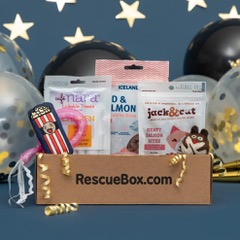
Subscription treat box
Pet diets and food treats; supplements
Pets today on the whole are healthier than ever before, and a lot of it is because the natural foods ethos and nutritional science of the human food industry is now being applied to foods for animals. Pet food has always been human food, so this is just applying what we think we know about links between food and health to our closest animals, our pets.
Among the values now taking precedence in pet food include emphasis on wild, organic, and raw foods, and using advanced knowledge to take digestive health into consideration. Additives nowadays are more likely to be probiotics or natural fiber and less likely to be corn, soy, or sugar, which were – and still are – common in cheaper foods.
Raw foods for dogs and cats are usually sold frozen, and dry shelf-stable foods are more likely to be freeze-dried with a minimum of (or no) preservatives. Chicken, beef, and pork are being replaced with bison, rabbit, salmon, wild turkey, and duck. Grain-free is a powerful value statement on the new pet foods, with green vegetables, blueberries, and flax taking their place for fiber and bulk.
Supplements, too, are converging with humans’ supplements, with probiotics and cannabis products being prominent. The cannabis for dogs category is almost a whole new market in itself, with the focus on pet health and the surge in cannabis legalization coinciding.

DIY pet washing
Pet health, hygiene, and grooming
In the health and hygiene area, emphasis is also on natural products over chemicals, but also on convenience for humans, and sustainability/no-waste. Some new items in this area: pet wipes and compostable options in kitty litter and dog-waste bags. New business models are coming into this space, such as DIY pet-wash outlets (see Bubbly Paws, 4737 Chicago Ave. S.)
Speaking of kitty litter, Pretty Litter is a product that turns colors depending on a cat-user’s urinary Ph, which can indicate illnesses. And it’s also available by online subscription, which hits another trending category, direct-to-consumer (DTC) marketing.
Veterinary care is being transformed too, with telehealth services now commonly an option. For pets that require surgical procedures, new products ease the healing period, such as a better design than the “cone of shame” and even surgical recovery suits for dogs.
Other things in the health and hygiene category include pet toothpaste and toothbrushes, customized pet diets, and fitness tracker collars and leashes.
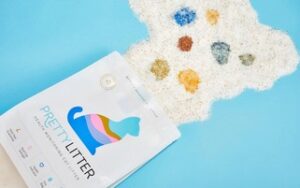
Pretty Litter
Pet toys, exercise stuff, and whole new categories
Emphasis in the pet toys and exercise trends seems to be on convenience. Witness the ball-launcher, which can play catch all day without getting tired, just like a dog. Or the laser-pointer collar for cats, that causes a laser dot to be produced every time your kitty moves enough.
If Mike Nichols were making The Graduate today, instead of “Plastics,” the obnoxious elder in the film would have uttered the word: “Catios.” Catios are really that world-changing, being attractive outdoor enclosure spaces that solve the age-old problem of how to give your cat outdoor quality time without risking it going feral.
Pet health insurance, cat cafes, and other industries embracing pets
Pet insurance is growing, both in rates of consumer uptake and in coverage areas. Whereas pet insurance was considered a
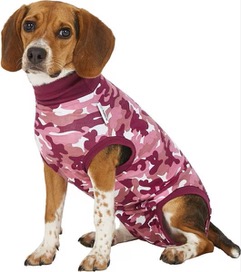
Well and Good Surgical
recovery suit
catastrophe or end-of-life protection, plans nowadays commonly cover routine and preventive care and drugs.
Cat cafes are an area where the passion for pets can reach even those of us who don’t own one. And they are also booming. A new cat cafe has just opened on St. Paul’s Grand Avenue – Catzen Coffee, which combines a coffee lab with a cozy living room full of cats. See catzencoffee.com/meet-the-cats to check out hours, menu, and rules for the mental health of the resident kitties.
Emotional Support Animal kits are a thing now. The clamor to keep your dog involved in your whole life, has led to a rising demand to classify Rover as a necessity. This is linked to the unfolding revolutions in pet travel with accommodation in hotels becoming more vital. And if you can’t take your pet along, there are now luxury pet spas and an amazing array of boarding options.
DTC options also growing
Chewy.com dominates in the DTC retail space. But Walmart, Petco, and other traditional suppliers are offering the same service. Most of the innovative new products and many of the old ones sell both to retail outlets and DTC online.

